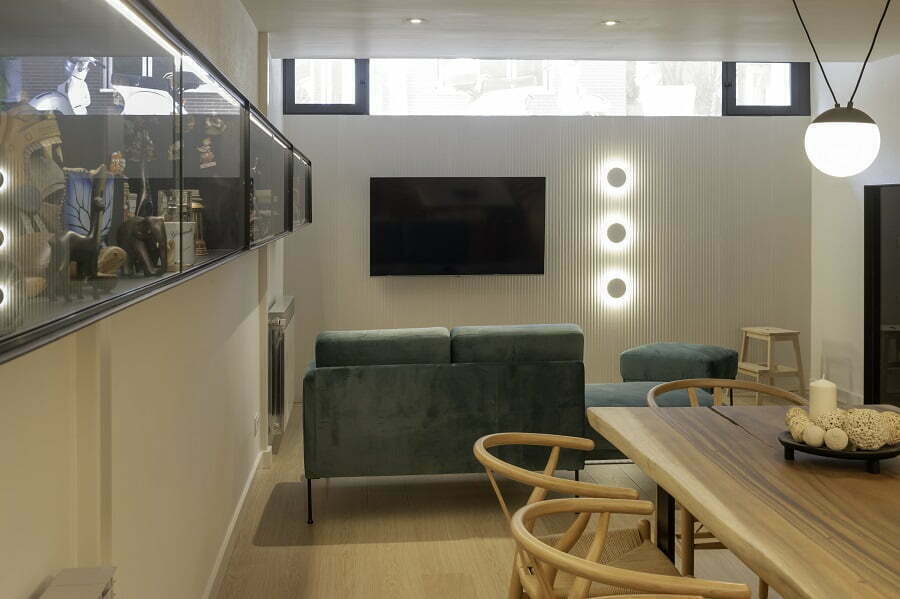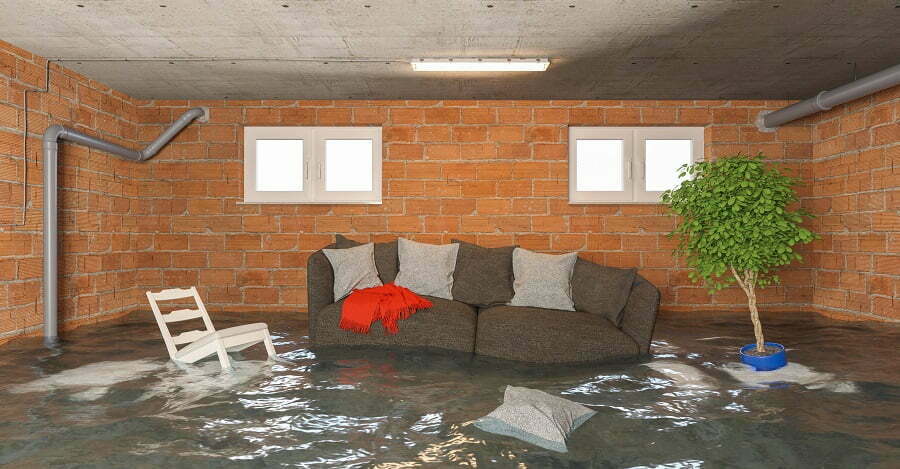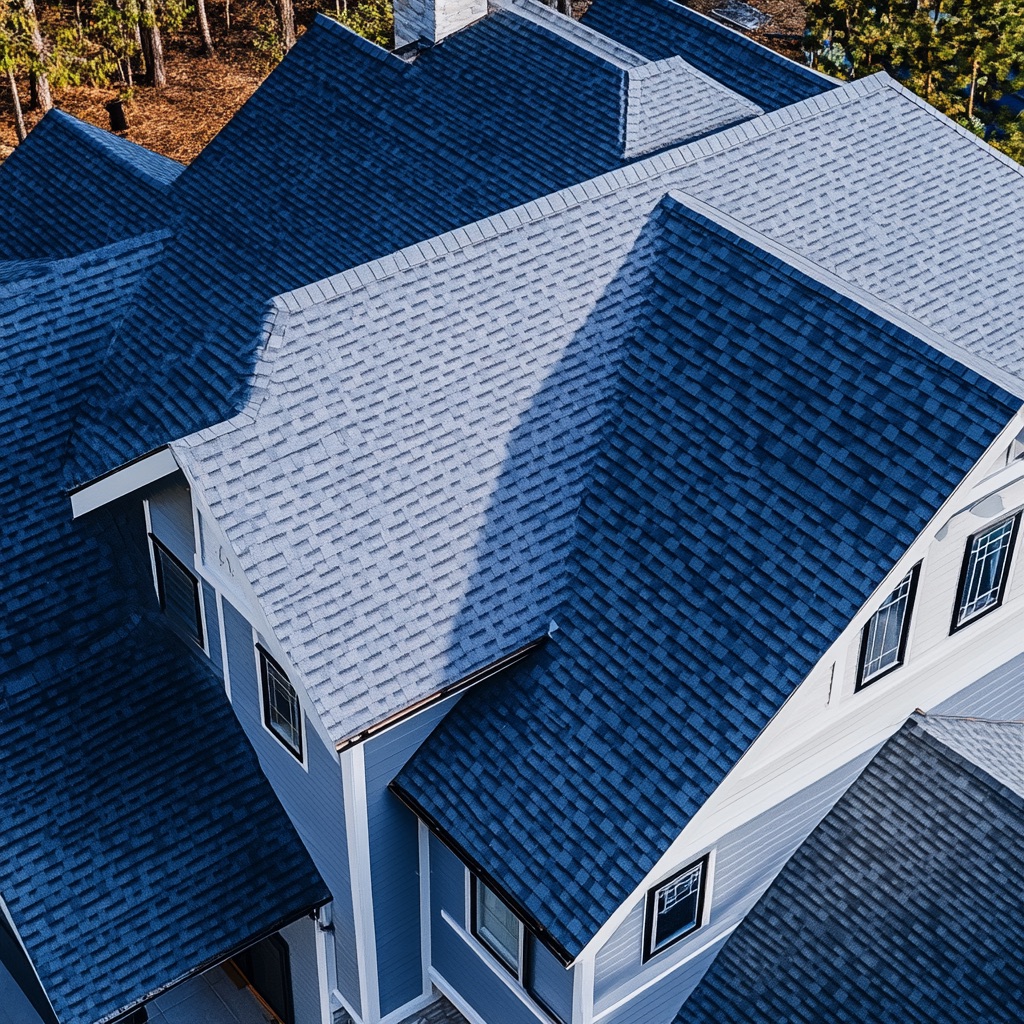Last updated on
Here’s what you need to know to make your basement safe and kid-friendly. Read on!
Some homeowners may perceive a basement as a space to store seasonal or seldomly used items. But a basement holds a lot of extra space and possibilities, especially for families with children.
But unless you have purchased a home that already has a finished basement, the process of renovating your basement and turning it into a kid-friendly space will require some steps.
Let’s explore the steps you’ll need to take in creating a basement space that will provide a safe environment for your children!
Checking the Condition of Your Basement

Before renovating your basement into a finished space, you’ll want to make sure the condition of your basement is suitable and not in need of repairs.
You’ll want to search for these basement problems:
- Signs of mold growth.
- Standing water or water leaking from the basement wall or floor.
- Cracks in the basement wall or foundation floor.
- Wood rot in the floor joists along the basement ceiling.
- Signs of termites, ants, or rodent pests.
Any of these signs can mean that there’s external water or moisture problem that’s causing harm to your basement. In turn, these problems can eventually impact the rest of your home and even create potential health problems for you and your loved ones.
When there’s too much water seeping into the soil surrounding your foundation, it can create a significant amount of hydrostatic pressure.
This pressure can eventually weaken and crack parts of your foundation. It can even cause your basement wall to bow or lean inward.
To avoid costly foundation repairs and take care of anything that arises from invasive water and moisture, it’s highly recommended that you have your basement waterproofed before beginning any work on creating your finished basement.
An interior basement waterproofing system can help reduce this hydrostatic pressure on your foundation walls and floor.
What Is an Interior Basement Waterproofing System?

To protect your basement from hydrostatic pressure, groundwater, and invasive moisture, an interior basement waterproofing system gives you the means to control all that outside water and relocate it so that it isn’t sitting against your foundation.
It begins with installing drainage channels along the perimeter of your basement. These channels will be situated beneath your basement floor.
Some contractors place these channels on the footer, while others install them beside the footer. These drainage channels are perforated so that groundwater can enter these channels before flowing toward a sump pit.
A sump pump installed in that sump pit will activate and push the water out of your home through a discharge pipe. It is the discharge pipe that will lead the intrusive groundwater and move it to a location far enough away from your home.
Ultimately, this removes the water that would be sitting against your foundation, thus relieving it of that hydrostatic pressure. No hydrostatic pressure equals less chance of foundation cracks and invasive groundwater or moisture.
A safe and dry basement is the end result!
Recap




